What Can Go Wrong?
- Asbestos in various forms has been used very widely in many building products, as a reinforcing fibre in many plastics and as an engineering product in applications such as brake linings. Corrugated cement sheets are a very common application. Its wide use stems from it being chemically inert, light and strong, and because it is very stable when exposed to heat.
- Asbestos, inhaled as dust, can cause Lung Disease (Asbestosis), Lung Cancer, and Mesothelioma (a cancer associated only with exposure to Asbestos). People who smoke are at greatly increased risk.
- When asbestos is incorporated into a solid material (concrete, bitumen, plastic) it poses very little risk unless that material suffers mechanical damage (being, cut, broken, drilled, sanded, exposed to extreme heat or explosion).
- Teams may be exposed if setting up or working on location disturbs asbestos fibres that can be inhaled. Be particularly vigilant when working near derelict buildings, buildings that are being demolished or which are on fire and old asbestos mine workings.
Legal/�鶹�� Requirements
- In the UK the manager of a building must have a record of asbestos in that building – an asbestos register – and a plan for managing it.
- You must not work on Asbestos Containing Material.
- You must not work in any area where fibres are present above the clearance level. - This requires specialist air samples and analysis by competent analyst – contact the �鶹�� Workplace Service Centre if this is required.
- Control of Asbestos Regulations 2012.
Control Measures
General Controls
- Assume any building pre 1980 has asbestos content. The general condition of the building would be a guide to the risk.
- Get permission and briefing session from the site manager / owner occupier with special emphasis on any asbestos containing materials on site.
- Ask for Information about asbestos from the person in charge of the site especially when planning work at a location that involves pulling cables through roof voids / ceilings / walls, accessing boiler or plant rooms or drilling into walls:
- If you know it is likely that you may be working in an area where asbestos is present as fibres then a separate risk assessment is required. Contact the �鶹�� Workplace Service Centre (Interserve FM) for support and advice.
- Avoid disturbing (kicking, picking up or turning over), drilling into or leaning against any materials that may release fibres.
- Be ready to identify and respect any asbestos labels.
- Call �鶹�� Safety / �鶹�� Occupational Health if you are concerned you may have been exposed to asbestos (see our Contacts page in the top banner). See also our Safety Short "Health Information - Inadvertent Exposure to Asbestos" in Useful Documents.
If you are working near a fire or demolition site:
- Position away and upwind from source of smoke or dust.
- Avoid breathing smoke and dust.
- Use FFP3 mask to get out of area (if breathing in smoke). This is not to enable longer stays in smoky area, only to escape. FFP3 masks can be obtained via the Safety Equipment Stores. See Related Topics.
- If a small amount of dust / debris is present on clothing (e.g. dust on sleeve, shoe etc) – remove with a wet wipe.
- If a large amount of contamination is present on clothing. Wear FFP3 mask (if available), wipe down with damp rags / wet wipes, undress and shower. Place clothes into a plastic bag and seal.
- All contaminated clothing should be either disposed of as asbestos waste or sent to specialist laundry. Phone the Asbestos Management Team for advice.
- Decontaminate broadcast equipment and kit with wet wipes.
- Contaminated wet wipes should be placed in a plastic bag and disposed of as asbestos waste.
Emergency Arrangements
If you know or suspect that asbestos containing material has been disturbed:
- Move other people away from the vicinity.
- Close doors if possible as you leave the area yourself.
- Tell your manager.
- Report the incident on myRisks.
- Contact �鶹�� Workplace Service Centre (Interserve FM): Internal 0490, External 0808 1688 962 (24/7/365)
- Email: bbcworkplace.servicecentre@interservefm.com
Division Specific Issues
- Incorporating Radio OB MS G002-09 Asbestos.
FAQs/Did You Know?
- The �鶹�� Workplace Service Centre has 24/7/365 access to Asbestos Environmental Consultants to undertake the necessary services relating to asbestos in order to aid the �鶹�� in their management of asbestos.
- 'Clearance levels' can only be determined by specific air sampling and interpretation of the count by a skilled analyst and this service is available through asbestos management team.
Useful documents
-
[�鶹�� Network only]
Recommended links
Premises and sets topics
-

Sets & Premises safety guide
This Safety Guide collates those of our Safety Guidelines relating to construction activities (on sets or other structures, including under 'CDM') and to the occupation / use of building premises (studios or locations). -
 This site is for �鶹�� Employees or potential future employees only. If you are not a �鶹�� employee or looking for further information regarding �鶹�� Access Services then please click on another page from the menu above, where you can find out more about Remploy.
This site is for �鶹�� Employees or potential future employees only. If you are not a �鶹�� employee or looking for further information regarding �鶹�� Access Services then please click on another page from the menu above, where you can find out more about Remploy. -
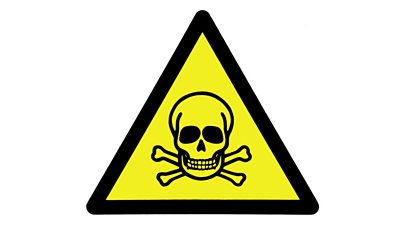
Asbestos Management on �鶹�� premises
This is a summary of the way that asbestos is managed in �鶹�� Buildings. It supplements the information about managing asbestos on productions. -
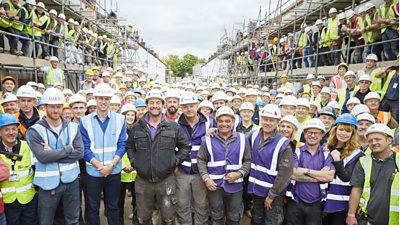
CDM Overview
Legislation to ensure the safe design and construction of structures was updated in April 2015, namely the Construction (Design and Management) Regulations 2015 (CDM 2015) -

CDM 2015 - The �鶹�� Approach
Guidance on the practical application of the Construction (Design and Management) Regulations 2015 across the �鶹�� -
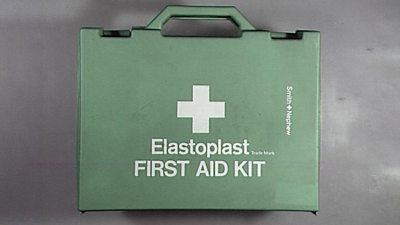
First Aid in �鶹�� Premises
This page describes how first aid is arranged in �鶹�� premises. It supplements the guidance to first aid on productions. It is aimed at people who need to decide what provision to make for first aid on �鶹�� premises. It also provides the arrangements and numbers for contacting ambulances and the National Central Control Room (NCCR). -
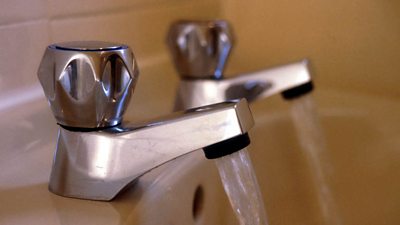
Legionella in Premises: Control of
This guidance provides an overview of how water systems are managed in premises to minimise the risks from the Legionella bacteria. -
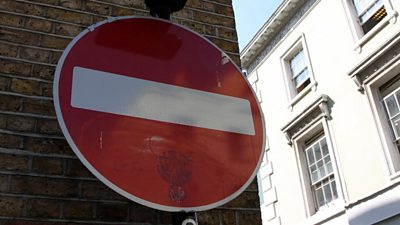
Permit to Work in �鶹�� Buildings (Restricted Work)
Some work in �鶹�� buildings is restricted and you have to get permission, called a Permit To Work (PtW) to do it. -
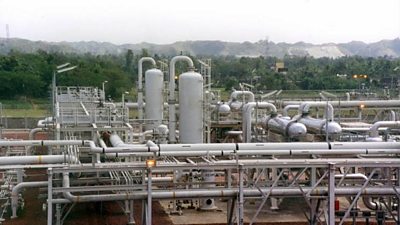
Pressure Systems
A guide to pressure systems in buildings. Pressure Systems include all plant/systems that contain a ‘relevant fluid’, defined as steam or gas under pressure and liquids under pressure which become gases upon release to the atmosphere, at a pressure greater than 0.5 bar (about 7psi) above atmospheric (except for steam). Around the �鶹�� there are heating, fuel transfer, compressed gas and hydraulic systems used in program production, studios (e.g. Camera Peds), office and maintenance facilities. -
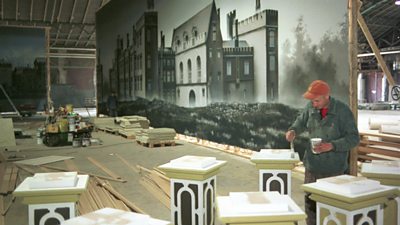
Sets: Safety of
This Safety Guideline is concerned with the construction and use of production sets and associated scenery used in studios and on locations.
More from SSR
-
Your platform to record accidents, risk assessments, assurance monitoring and inspections
-
Safety Equipment Stores
Just one number to call: 0844 800 8875 -
�鶹�� Safety Guidelines
An A-Z of �鶹��'s Health and Safety Guidelines -
Safety Advice Line: 0370 411 0464 Email: safety@bbc.co.uk
Events guidance - key links:
- Exhibitions
- General Guidance
- Indoor Location Recce Checklist
- Outdoor Location Recce Checklist
- Major Incidents & Emergency Planning
- Marketing and Promotional
- Noise Exposure
- Planning and Management
- Responsibilities
- Responsibilities Form
- Laser Lighting Effects
- Strobe Lighting
- Temporary Stages and Rostra
Health topics - key links:
- (�鶹�� network only)
- Contributors Fitness to Participate
- Display Screen Equipment (DSE)
- (�鶹�� network only)
- First Aid and Welfare on Location
- International Travel - Risks & Health
- Manual Handling
- Mental Health: Homepage
- (�鶹�� network only)
- Personal Health and Wellbeing
- Pregnancy
- Psychological Trauma Support & Trauma Risk Management (TRiM)
- Tiredness and Fatigue
- Travel Health Contacts
�鶹�� High Risk - key links:
- CBRN and Industrial Spills
- Covert Filming
- Crisis Management and Security Support
- Demonstrations, Protests and Crowds
- Disaster Coverage
- Door Stepping
- (�鶹�� network only)
- (�鶹�� network only)
- Public Order
- Safety Equipment Stores
�鶹�� Journalism - key links:
�鶹�� Productions - key links:
- Aerial Filming and Airfields
- Animals: Displaying and handling for performance
- Boats: Working on
- Children and Young People
- Driving
- Electrical Equipment and Systems
- First Aid and Welfare on Location
- Food Safety (Cooking and Catering)
- Remote Location Working
- Roads and Streets: Working by
- Security of Productions on Location
- Stunts
- Tiredness and Fatigue
- Unmanned Aerial Systems (UAS aka Drones)
- Vehicles: Recording in, from and around
- Working at Height: Mobile Elevating Work Platforms
- Working at Height: Tower Scaffolds
�鶹�� Radio - key links:
- (�鶹�� Network only)
�鶹�� Security - key links:
�鶹�� Sport - key links:
About this site
This site describes what the �鶹�� does in relation to managing its health, safety and security risks and is intended for those who work directly for the �鶹��.
It is not intended to provide instruction or guidance on how third parties should manage their risks. The �鶹�� cannot be held liable for how this information is interpreted or used by third parties, nor provide any assurance that adopting it would provide any measure of legal compliance. More information
Some links on this site are only accessible when connected to the �鶹�� network
